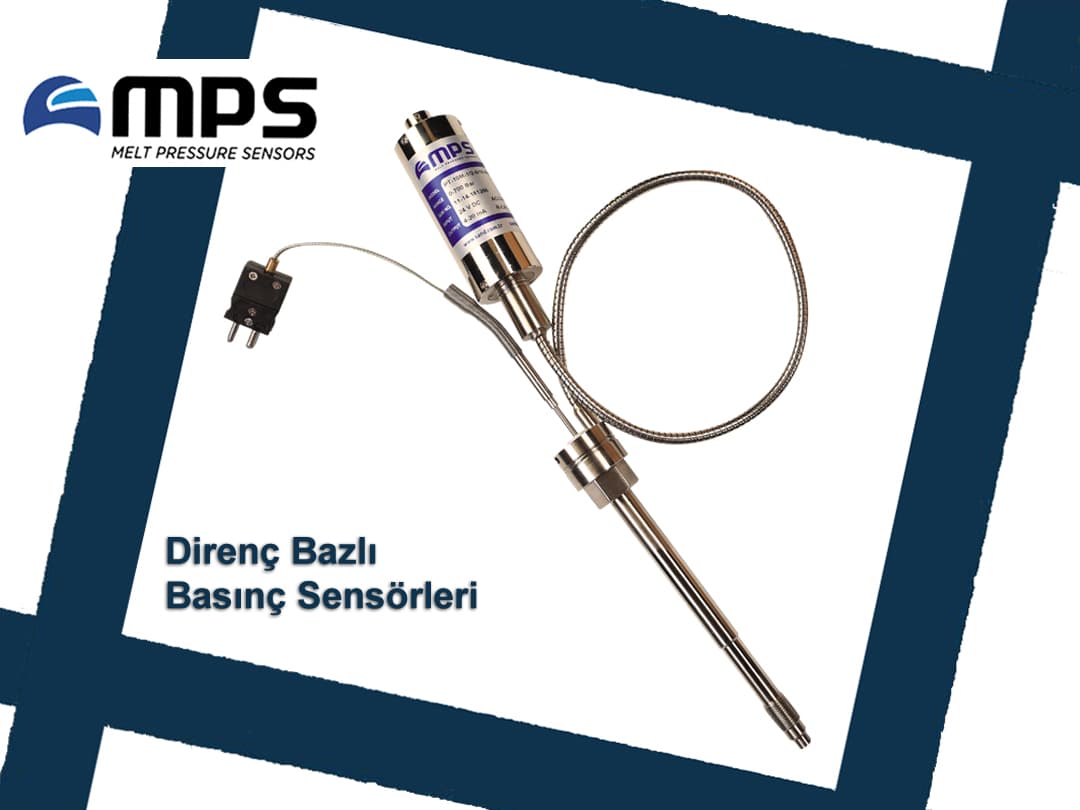
10
06 2023
Resistance Based Pressure Sensors
Resistance-based pressure sensors are sensors that change in resistance values when exposed to pressure. Such sensors are created using resistive sensors, also called strain gages or tension gages.
Strain gages are usually made in the form of thin metal wires or sheets of film. These wires or films are mounted on a substrate and when subjected to pressure, stresses or strains occur. Stress causes changes in the resistance of metal wires or films.
Resistance-based pressure sensors are usually designed as a bridge circuit containing four strain gages. This bridge circuit includes a reference resistor and three active strain gages. Depending on the pressure, the resistance values change due to the stress or stresses in the strain gages. These resistance changes in the bridge circuit produce a signal.
This signal is often used in a configuration called a Wheatstone bridge. The Wheatstone bridge provides a way to amplify and measure the signal produced by the sensor. When the bridge is balanced, the output becomes zero, while the bridge becomes unbalanced due to the pressure and the output signal is generated.
This output signal is read and processed by measuring devices or data acquisition systems. As a result, the pressure value can be determined and necessary checks or feedback can be provided.
Resistance-based pressure sensors can be used over a wide pressure range and provide high sensitivity. They are also widely used in industrial applications due to their durable and reliable construction. However, such sensors may require calibration to obtain accurate results and may be sensitive to environmental influences.